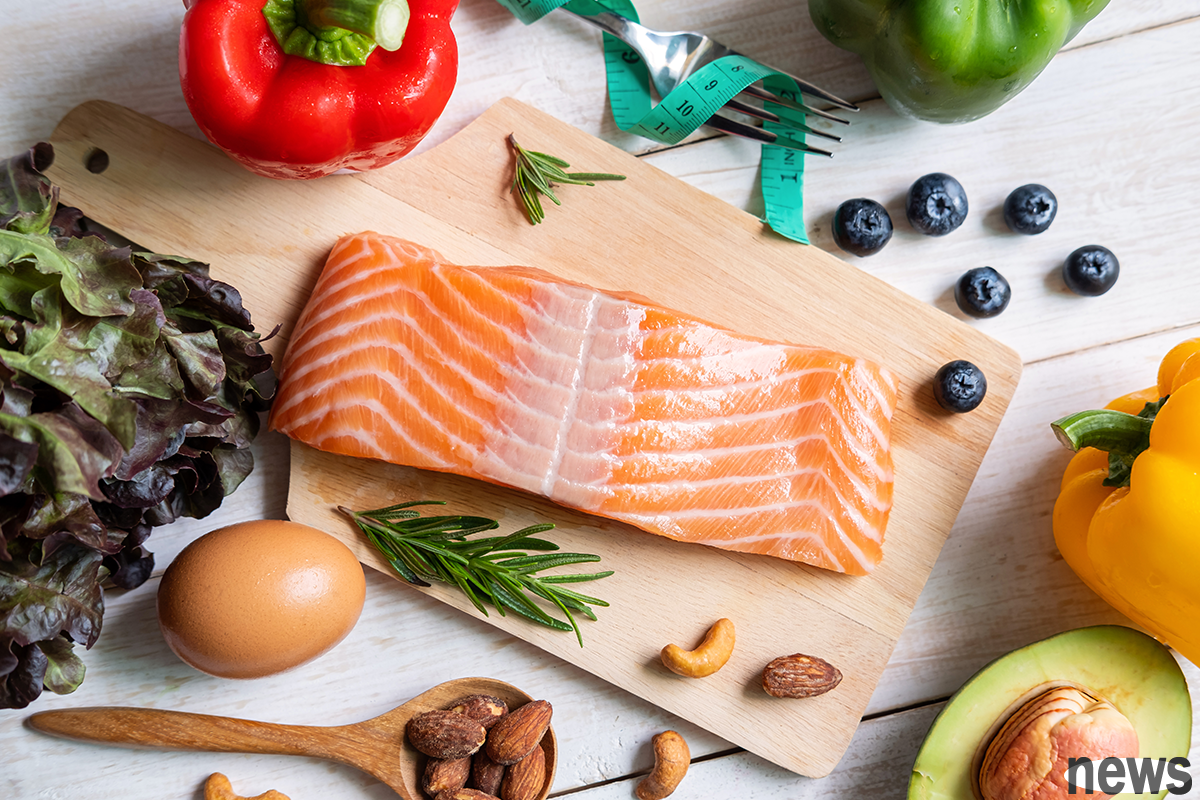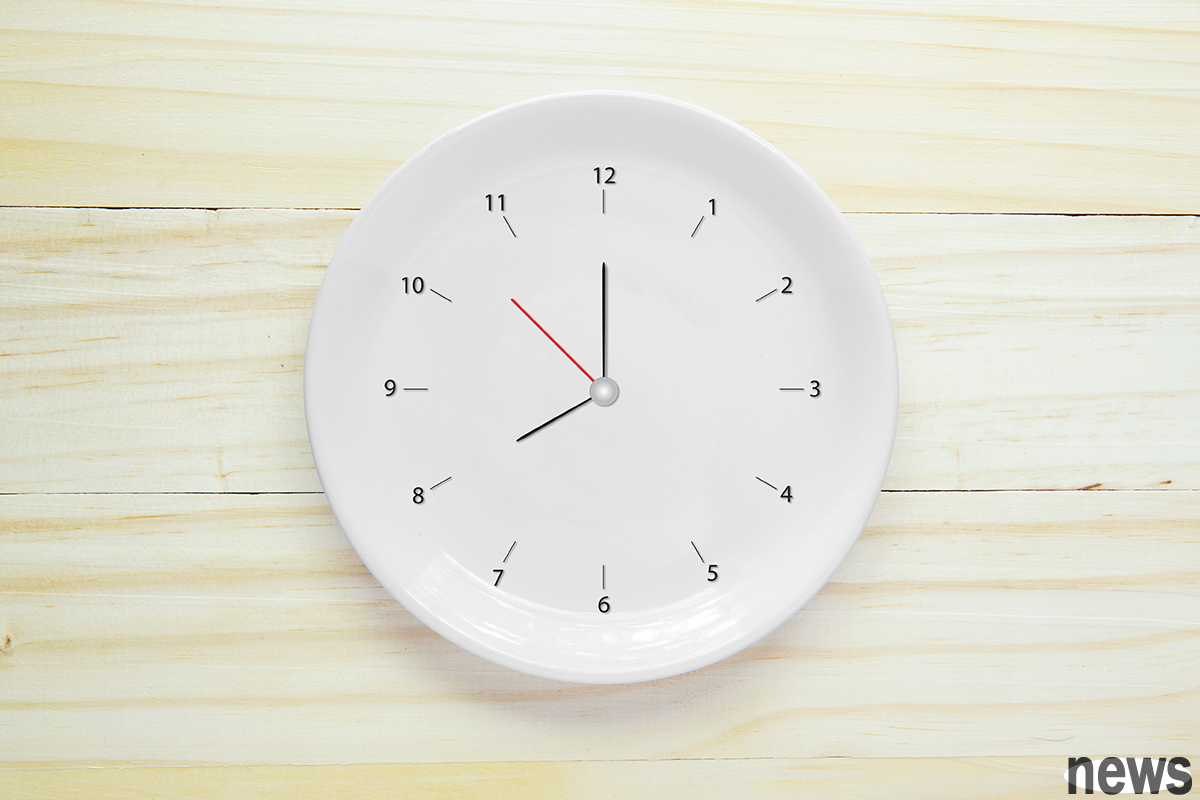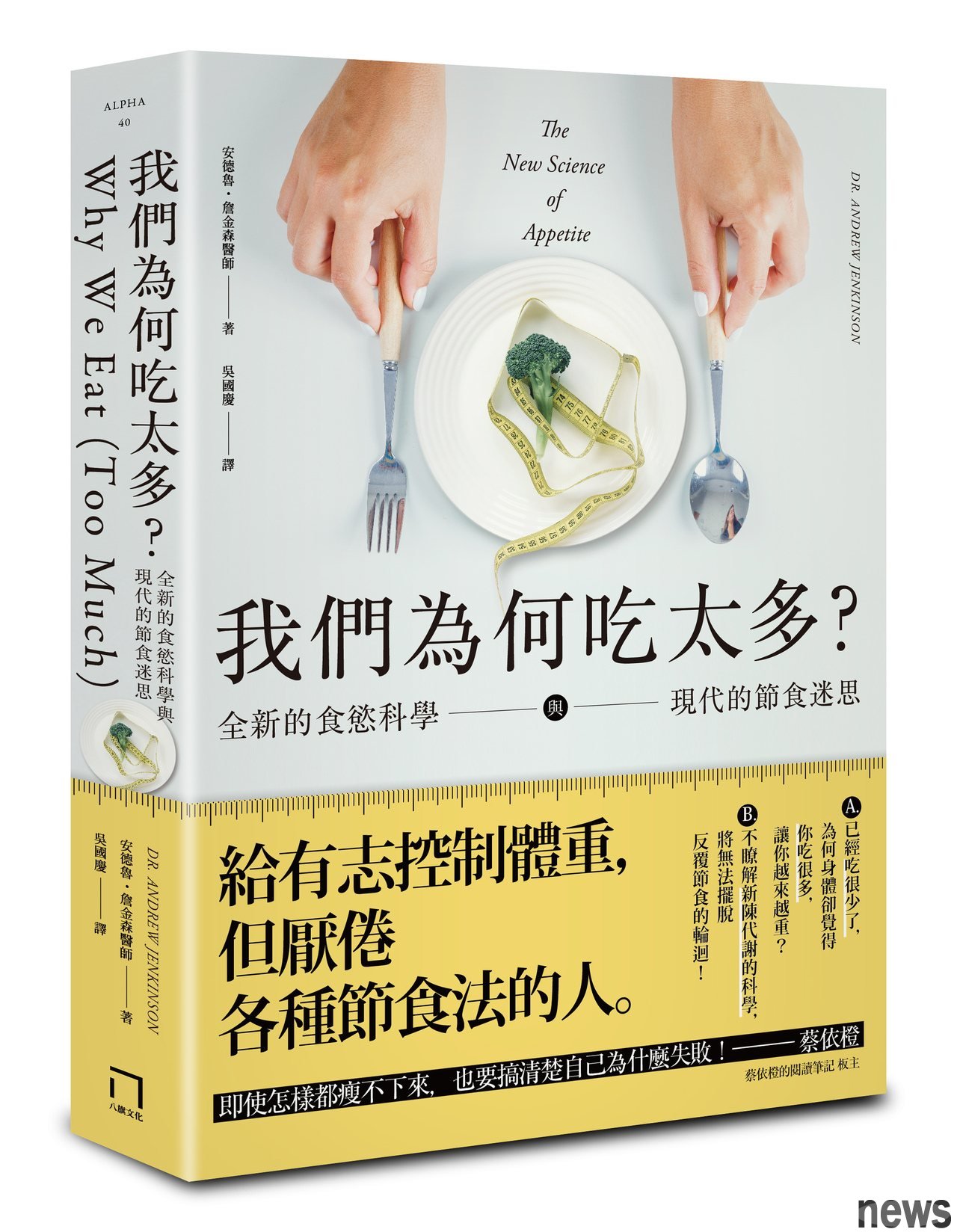 Low-carb diets
Low-carb diets Atkins, Paleo and Dukan diets are based on "low-carb" diets. Once the carbohydrate intake is reduced to less than 20 grams per day, it will lead to a process called "ketogenesis".
The ketogenic diet is popular among many people, such as LeBron James, Kim Kardashian and Halle Berry. I think this is an effective way to reduce weight, but it has one problem: it can produce very uncomfortable side effects, from intense head pain to weak and weak body, constipation, nausea and vomiting (at least you don't feel tired), and flu-like symptoms.
The purpose of ketogenic diet is to make the body lack carbohydrates, so you can use up the body's energy. Once any food that can be broken down into glucose is not injected, the body will force it to start using glucose stored in the liver.
So far, humans have concentrated fat in their bodies as the main energy reserved. However, in the first chapter of this book, we mentioned that "liver" can also be used as an energy storage device. When you are suffering from a fertility (or eating), or when you consume a lot of energy but do not eat a lot of food (such as running a marathon), the most convenient and fast energy that the human body needs at this time comes from the liver. The liver can provide two to three days of storage energy. However, as we have said before, the glucose stored in the liver must be surrounded by water to be used, so this is a very "heavy" source of energy compared to fat. The initial weight loss effect of any hot-limiting diet is from the &mdash of glucose consumed in the liver; because the moisture that retains them in the liver is also lost as energy is consumed. What's the result? The weight is reduced in the initial amount, but the weight reduced is water rather than fat.
If you want to know more about the two sources of energy in the human body (fat and liver), please think of the human body as a "hybrid power" car. Hybrid vehicles mostly rely on battery life (comparable to liver in humans), but when the power is insufficient, it switches to use gasoline power to supply energy. In general, in our daily work, we rely on the liver to provide the main source of energy. When the liver is insufficient, it is forced to convert and use another energy source, namely fat (fuel tank). The ketogenic diet advocates are like selecting their hybrid energy on an empty liver (i.e., a battery without electricity). Therefore, when the liver "uses light energy", the transport efficiency of the entire engine (human body) will be reduced, making it easier to use the fuel tank (reduce weight).
Kethiic diet has another major disadvantage, and if you want to keep your weight off after you are light, you must persist. But considering its extreme side effects, this can be quite difficult, and it is also difficult to find carbohydrate-free nutrients on the street. When the ketogenic dieters run out of battery (hepatic glucose), their bodies "burn" fat, and those who lose weight can feel this because their brains are forced to use ketone bodies as energy. Many followers of this diet will say that this alternative brain fuel can make them more alert and think more clearly. This may be because our ancestors had the ability to think quickly and clearly when they were in a food-deficient environment, they were an evolutionary survival advantage.
In addition to the more side effects of ketogenic diet, it is difficult to find the right food in normal times. Therefore, the will of those who are practical ketogenic diet must be very determined, and they may also have to be ketogenic and buzzing in their ears. I personally do not recommend anyone to try a ketogenic diet because, as most of the diets introduced in this book, if you lighten a lot of weight in this way and then return to your usual normal diet, you will get back to all the reduced weights and become heavier.

Unlike many of the diets mentioned earlier, intermittent eating is like a low-carb diet, which is still "very popular", which means it is likely to be effective for some people. We have said that in the old traditional thinking, it is believed that fasting for a long time or reducing the number of meals will reduce the amount of calories intake, so in terms of the energy input/output formula, the weight will definitely be reduced. But we now know that a single pure limit on heat cannot be continuously reduced. So how effective is this diet? As processing and junk foods are also needed to avoid eating while reducing the chance of eating, there is a chance that the insulin status and omega ratio of implementing this type of diet will be improved, so the weight setting point is indeed likely to be reduced.
※ This article is excerpted from "Why do we eat too much?" The new food science and modern food myth."Why do we eat too much? The new food science and modern food myths》
Author: Andrü Jenkinson
Translator: Wu Guoqing
Publisher: Eight Banners Culture
Publication date: 2020/12/30

"Why do we eat too much? A new book cover of the Eating Science and Modern Food Myth.
Picture/Eight Banners Culture Provided